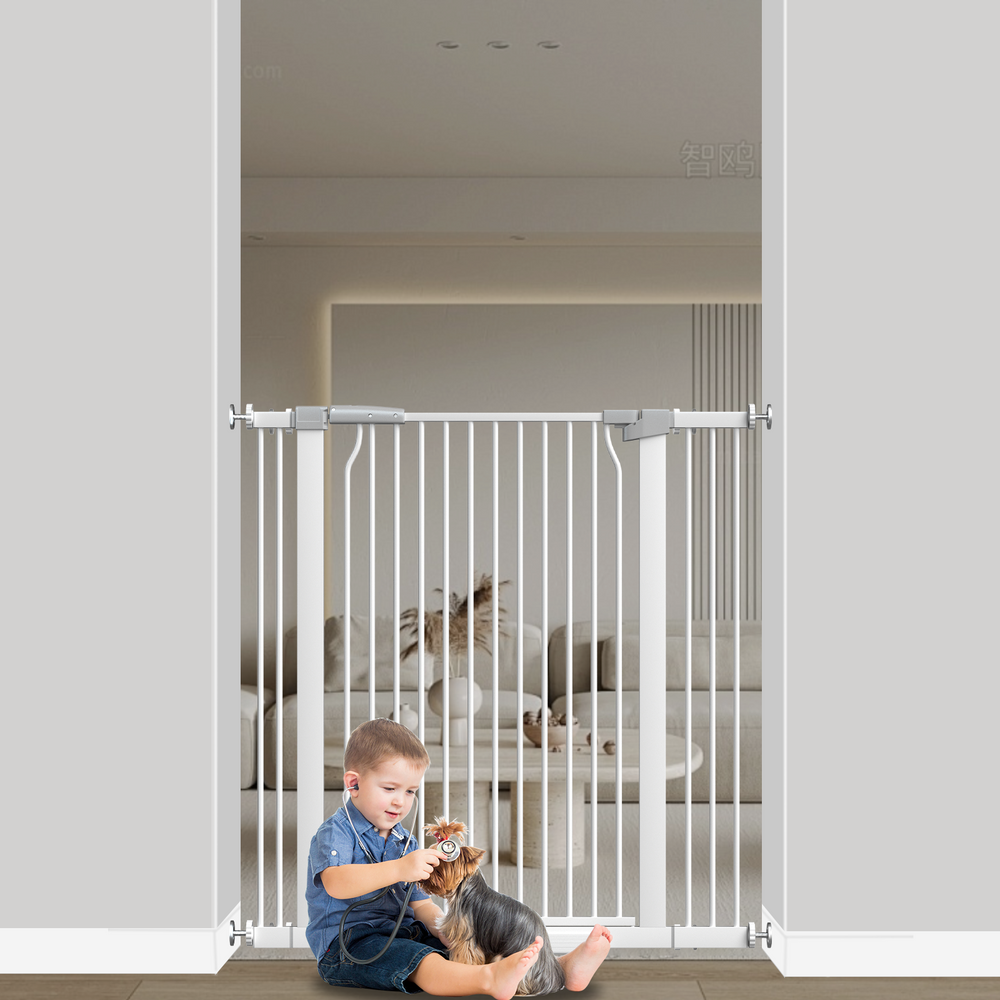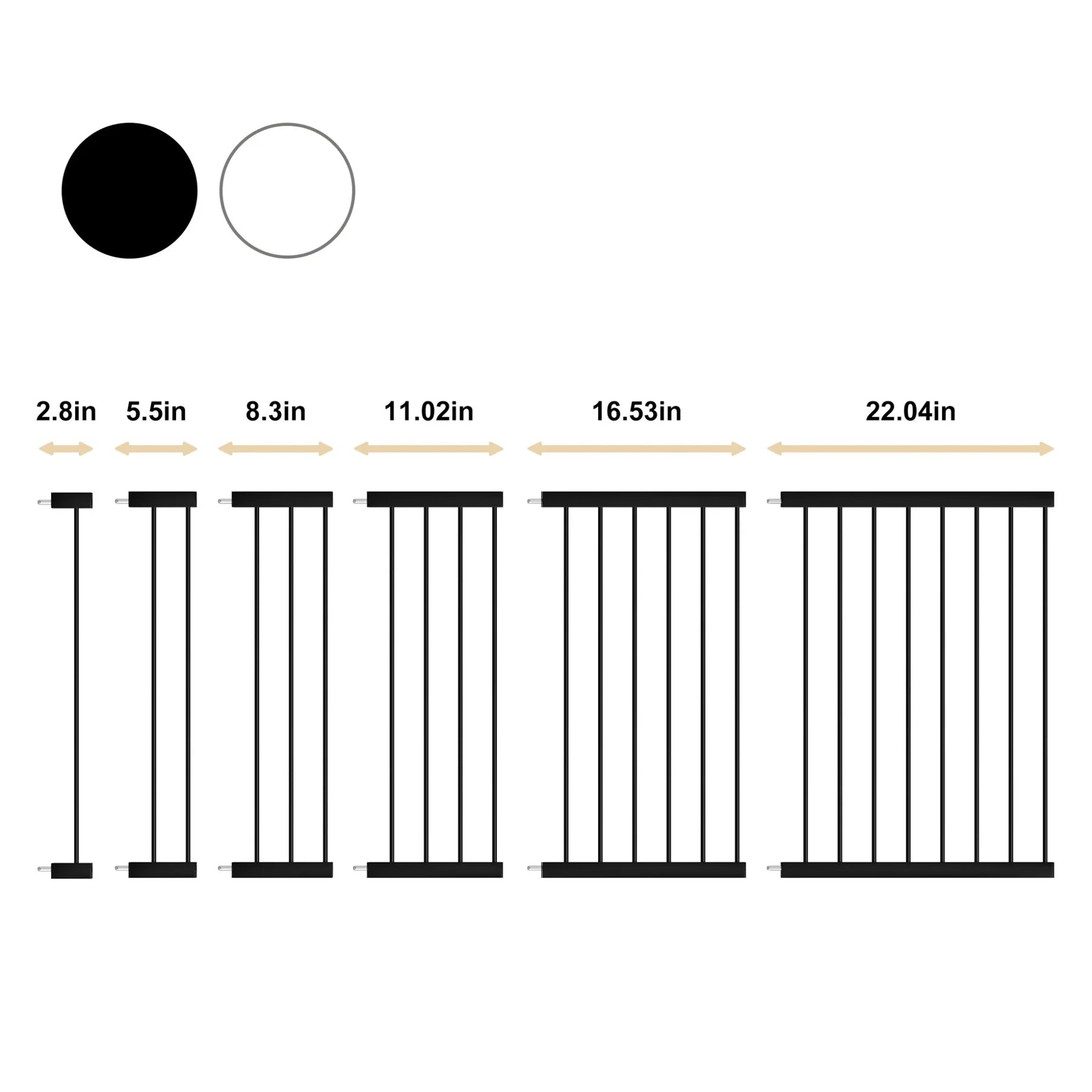Blue Heeler: Complete Breed Profile and Care Guide
Understanding the Blue Heeler
Breed Origins and History
The Blue Heeler, officially known as the Australian Cattle Dog, has a fascinating history rooted in the vast cattle ranches of Australia. Back in the 19th century, British settlers needed a sturdy herding dog that could handle the tough Australian climate and long distances. The dogs they brought from England weren't quite up to the task, so they started experimenting. They crossed local Australian dingoes with various British herding breeds, like the Smithfield. Later, the addition of Dalmatian blood is credited with giving the breed its distinctive speckled coat and, importantly, a love for horses and a sense of loyalty to its human companions. This careful breeding resulted in a dog with incredible stamina, intelligence, and a strong work ethic, perfectly suited for managing cattle in the rugged Australian landscape. They were so effective that they became an indispensable part of ranch life.
Physical Characteristics
Blue Heelers are medium-sized dogs, built for endurance and agility. They typically stand between 17 to 20 inches tall at the shoulder and weigh in the range of 35 to 50 pounds. Their most striking feature is their coat, which comes in two main colors: blue (a mix of black, white, and tan, often appearing speckled or mottled) and red (also speckled or mottled). Interestingly, puppies are born pure white and develop their characteristic coloring within their first few months. They have a dense double coat that's short and weather-resistant, with a thick undercoat for warmth and a harsher outer coat to protect against the elements. Their build is muscular and athletic, with a broad head, alert eyes, and erect ears that give them an ever-watchful expression.
Temperament and Personality
These dogs are renowned for their intelligence, loyalty, and boundless energy. Blue Heelers form very strong bonds with their families, often becoming quite attached and disliking being left alone for extended periods – they've even earned the nickname "shadow dogs" for this reason. They are incredibly hardworking and thrive when given a job to do, whether it's herding, playing fetch, or participating in dog sports. While affectionate and devoted to their owners, they can be reserved or wary around strangers, making early socialization really important. With proper introductions and consistent training, they generally get along well with children and other pets, though their herding instinct might lead them to try and
Essential Blue Heeler Care

Blue Heelers, also known as Australian Cattle Dogs, are a breed built for work and activity. They really need a good amount of both physical and mental exercise to stay happy and well-behaved. If they don't get enough to do, they can get bored, and trust me, a bored Blue Heeler can find ways to entertain themselves that you probably won't like, like chewing up your favorite shoes or digging holes in the yard.
Daily Exercise Requirements
These dogs have a lot of energy, so plan on at least an hour of activity each day. This isn't just a quick walk around the block; they need opportunities to really run and burn off steam. Think long walks, hikes, or even a good game of fetch in a securely fenced area. Their herding background means they enjoy having a job, so incorporating some herding-like games can be great for them.
Mental Stimulation and Play
Beyond just physical exercise, keeping their minds busy is just as important. Puzzle toys, treat-dispensing toys, and interactive games can make a big difference. Training sessions, even short ones, also provide mental work. They love learning new things and figuring out challenges. Without this mental engagement, they can become restless and destructive.
Living Environment Considerations
Blue Heelers do best in homes where they have space to move, ideally with a fenced yard. They are not really suited for apartment living unless you are extremely dedicated to providing ample daily exercise and mental stimulation outside the home. They also don't do well when left alone for long stretches of time. If you're out for most of the day, consider if this breed is the right fit, or if you can bring your Blue Heeler along for your activities.
These dogs form strong bonds with their families and don't like being separated. They often want to be right by your side, earning them the nickname "shadow dogs."
Here's a quick look at their needs:
- Physical Activity: Minimum 60 minutes daily (walks, runs, fetch).
- Mental Engagement: Puzzle toys, training, interactive games.
- Social Needs: Dislike being left alone for extended periods.
- Environment: Fenced yard is ideal; apartments require extra effort.
Grooming and Health

Blue Heelers, also known as Australian Cattle Dogs, are pretty low-maintenance when it comes to their coats. They have a double coat that helps them out in different weather, but it doesn't mean you'll be spending hours grooming them. A good weekly brushing is usually enough to keep their coat healthy and manage shedding.
Coat Care and Shedding
These dogs do shed, especially when the seasons change. Think spring and fall – that's when they really blow their coats. During these times, you'll want to step up the brushing to maybe a few times a week. An undercoat rake or a good comb works wonders for getting out all that loose fur. It helps keep their skin healthy and prevents matting. They don't typically have that strong
Training and Socialization
Early Socialization Importance
Getting your Blue Heeler used to different sights, sounds, people, and other animals from a young age is super important. Because they were bred to herd and can be a bit mouthy with nipping, early exposure helps them learn how to interact properly. It’s not just about making them friendly; it’s about shaping their natural instincts into good behavior. Think of it as giving them a good foundation for life. Without it, they might get overly wary of strangers or develop some unwanted habits.
A good socialization plan might look something like this:
- Puppy Classes: Enroll in a well-run puppy class where they can safely interact with other puppies and people.
- Controlled Introductions: Introduce them to new people and well-behaved dogs in calm settings. Avoid overwhelming them.
- Variety of Experiences: Expose them to different surfaces, noises (like vacuum cleaners or traffic), and environments.
- Car Rides: Get them used to car rides, even if it’s just short trips around the block.
Remember, even with great socialization, young children and dogs should always be supervised. It’s also a good idea to give your Heeler a quiet space where they can retreat if they feel overwhelmed.
Effective Training Techniques
Blue Heelers are incredibly smart and love to work, which makes them highly trainable. They really do best with positive reinforcement – think tasty treats, enthusiastic praise, and maybe a favorite toy. They can be a bit stubborn, so a firm but gentle approach works best. Consistency is key here; everyone in the household should be on the same page with commands and rules.
Here are some training tips:
- Keep it Short and Fun: Their attention spans can be short, especially when they’re young. Aim for multiple short training sessions throughout the day rather than one long one.
- Use High-Value Rewards: Find out what really motivates your Heeler – is it cheese, a squeaky toy, or a good scratch behind the ears?
- Be Consistent: Use the same commands for the same actions every time. This helps them learn faster.
- Problem-Solve Together: Since they’re natural problem-solvers, give them training challenges that engage their minds. Teaching new tricks or commands is perfect for this.
Canine Sports and Activities
These dogs have energy and brains to spare, so they absolutely thrive in dog sports! Activities that let them use their herding instincts or problem-solving skills are ideal. Think about things like:
- Agility: Navigating obstacle courses is a great way to burn energy and build confidence.
- Herding Trials: If you have access to livestock, this is what they were literally bred for!
- Treibball (Urban Herding): This is a fun alternative where dogs push large exercise balls into a goal.
- Obedience and Rally: These structured activities are excellent for mental stimulation and strengthening your bond.
Getting involved in these activities not only keeps your Blue Heeler physically fit but also provides the mental engagement they crave, helping to prevent boredom and potential behavioral issues.
Diet and Nutrition Needs
Feeding your Blue Heeler right is super important, especially since they're such energetic dogs. They need good fuel to keep up with all their activities, whether that's herding, playing fetch, or just generally being busy. Think of them like a high-performance car – they need premium gas!
Fueling an Active Lifestyle
Blue Heelers thrive on high-quality dog food. Look for brands that list a good protein source, like chicken, beef, or lamb, as the first ingredient. Because they burn so many calories, a food formulated for active or working dogs can be a great choice. These often have a higher calorie density to support their energy levels. It’s a good idea to split their daily food intake into two meals, usually morning and evening. On days when they’ve had extra strenuous activity, like a long hike or a serious training session, you might need to slightly increase their portion or add an extra small meal. Always check the feeding guidelines on the dog food packaging, but remember these are just starting points. Your vet can help you figure out the ideal amount based on your dog's specific weight and metabolism.
Nutritional Supplements
Given their active nature, joint health is something to keep an eye on. Many Blue Heelers can benefit from supplements containing glucosamine and chondroitin. These ingredients help support healthy cartilage, which is really important for dogs that are constantly on the move. Before you start giving your dog any supplements, though, it's always best to chat with your veterinarian. They can advise on the right type and dosage for your individual dog, making sure it’s safe and appropriate.
Dietary Adjustments for Age
As your Blue Heeler gets older, their nutritional needs will change. Senior dogs often benefit from diets that are easier to digest and may have fewer calories to prevent weight gain, as their activity levels might decrease. Some owners find that switching to a softer food, like canned food, or soaking their kibble in water can make it easier for older dogs to eat, especially if they have dental issues. Again, consulting your vet about the best food options for your aging companion is the way to go.
Finding Your Blue Heeler
So, you've decided a Blue Heeler might be the right furry friend for you. That's awesome! These dogs are full of personality and energy, but finding one takes a bit of effort. Whether you're looking to adopt or buy, here's a rundown of what to expect.
Adopting from Shelters and Rescues
Lots of wonderful Blue Heelers end up in shelters or with rescue organizations through no fault of their own. It's a fantastic way to give a dog a second chance at a happy life. When you're looking at adoption, especially for an adult dog, try to get as much information as possible about their history. Knowing if they've had previous training or socialization can be a big help, particularly if you have kids or other pets.
Some national groups dedicated to Australian Cattle Dogs (which is what Blue Heelers are) can be a great resource for finding dogs in need. You might check out places like the Australian Cattle Dog Rescue Association or the Australian Cattle Dog Club of America. Don't forget your local animal shelters, too – you never know who you might find!
Choosing a Reputable Breeder
If you've got your heart set on a puppy from a breeder, doing your homework is super important. You want to find someone who really cares about the health and well-being of their dogs and puppies. A good breeder will be happy to answer all your questions, show you where the dogs live, and let you meet the parents.
Be prepared, though – Blue Heelers aren't exactly cheap. Prices can go pretty high, sometimes up to $2,000 or even more, depending on the breeder and the lineage. It's a big investment, but worth it for a healthy, well-adjusted pup.
Understanding Adoption Costs
Adoption fees can vary a lot. Shelters and rescues usually charge a fee to help cover the costs of vaccinations, spaying or neutering, and general care the dog received while in their custody. These fees are typically much lower than buying from a breeder, often ranging from $50 to a few hundred dollars.
When you're budgeting for your new Blue Heeler, remember to factor in the initial adoption fee along with ongoing costs like food, vet visits, toys, and training. It's a commitment, but seeing that happy tail wag makes it all worthwhile.
Wrapping Up Your Blue Heeler Journey
So, you've learned a lot about the Blue Heeler, or Australian Cattle Dog. They're super smart, really loyal, and definitely have energy to burn. Owning one means you're signing up for an active lifestyle, whether that's long walks, hikes, or even dog sports. Remember, they need a job to do, or they can get into trouble. Early training and lots of attention are key. If you're ready for a dedicated companion who will stick by your side, a Blue Heeler might just be the perfect fit for your family. Just be prepared for a dog that wants to be involved in everything you do!






Leave a comment